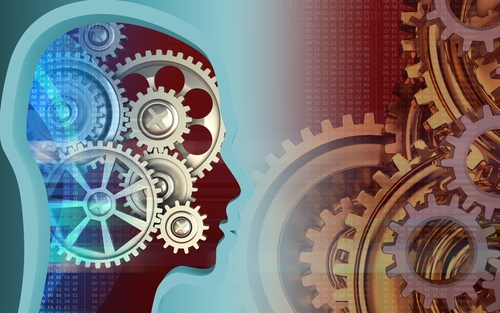New AI Tool Tracks Protein Movement to Better Understand Parkinson’s

Scientists at the University of Copenhagen (UCPH) in Denmark have developed an artificial intelligence (AI) tool to monitor and track the dynamics of protein movement and function, which can advance the understanding behind neurodegenerative disorders such as Parkinson’s disease.
The relationship between protein movement and function is essential for learning how the body functions, as well as providing insight into disease processes in Parkinson’s and Alzheimer’s, and even some cancers. Many of the underlying disease-causing mechanisms involve proteins clumping together (aggregation) or changing their behavior.
Tracking protein patterns to see how they move and interact with surroundings by using microscopes has always been a time-consuming and challenging task because enormous datasets collected by researchers are analyzed manually.
“Until now, we sat with loads of raw data in the form of thousands of patterns. We used to check through it manually, one at a time,” Simon Bo Jensen, PhD candidate UCPH, said in a press release. “In doing so, we became the bottleneck of our own research.
“Even for experts, conducting consistent work and reaching the same conclusions, time and time again is difficult. After all, we’re humans who tire and are prone to error,” he said.
The AI algorithm learned to recognize protein movement patterns, allowing it to analyze data sets in seconds — a process that typically takes several days to achieve.
“We used to sort data until we went loopy. Now our data is analyzed at the touch of [a] button,” explained Bo Jensen. “And, the algorithm does it at least as well or better than we can. This frees up resources for us to collect more data than ever before and get faster results.”
Protein dynamics can be monitored by attaching fluorescent markers (FRET) to proteins and watching movements under a microscope, a technique that generates large amounts of computer data and requires large hard drives to store.
The new AI tool can quickly analyze such large datasets, but also provides standardized methods to ensure consistent results. As such, the algorithm has already generated interest, as indicated by several research groups worldwide.
“This AI tool is a huge bonus for the field as a whole because it provides common standards, ones that weren’t there before, for when researchers across [the] world need to compare data,” said Nikos Hatzakis, PhD, UCPH associate professor. “Previously, much of the analysis was based on subjective opinions about which patterns were useful. Those can vary from research group to research group.
“Now, we are equipped with a tool that can ensure we all reach the same conclusions,” he said.
One method that will benefit from the AI algorithm is the gene-editing technology CRISPR, in which proteins can cut and splice specific DNA sequences.
A recent review found CRISPR can help understand Parkinson’s disease pathology and identify new therapeutic targets. Also, CRISPR has been used to create Parkinson’s animal models that better mimic the disorder.
“Before we can treat serious diseases or take full advantage of CRISPR, we need to understand how proteins, the smallest building blocks, work,” said Guillermo Montoya, PhD, professor at the Novo Nordisk Foundation Center for Protein Research at UCPH. “This is where protein movement and dynamics come into play. And this is where our tool is of tremendous help.”
Adding perspective, Hatzakis said: “While analyzing the choreography of protein movement remains a niche, it has gained more and more ground as the advanced microscopes needed to do so have become cheaper. Our tool makes the method accessible to a greater number of researchers in biology and biophysics, even those without specific expertise, whether it’s research into the coronavirus or the development of new drugs or green technologies.”






